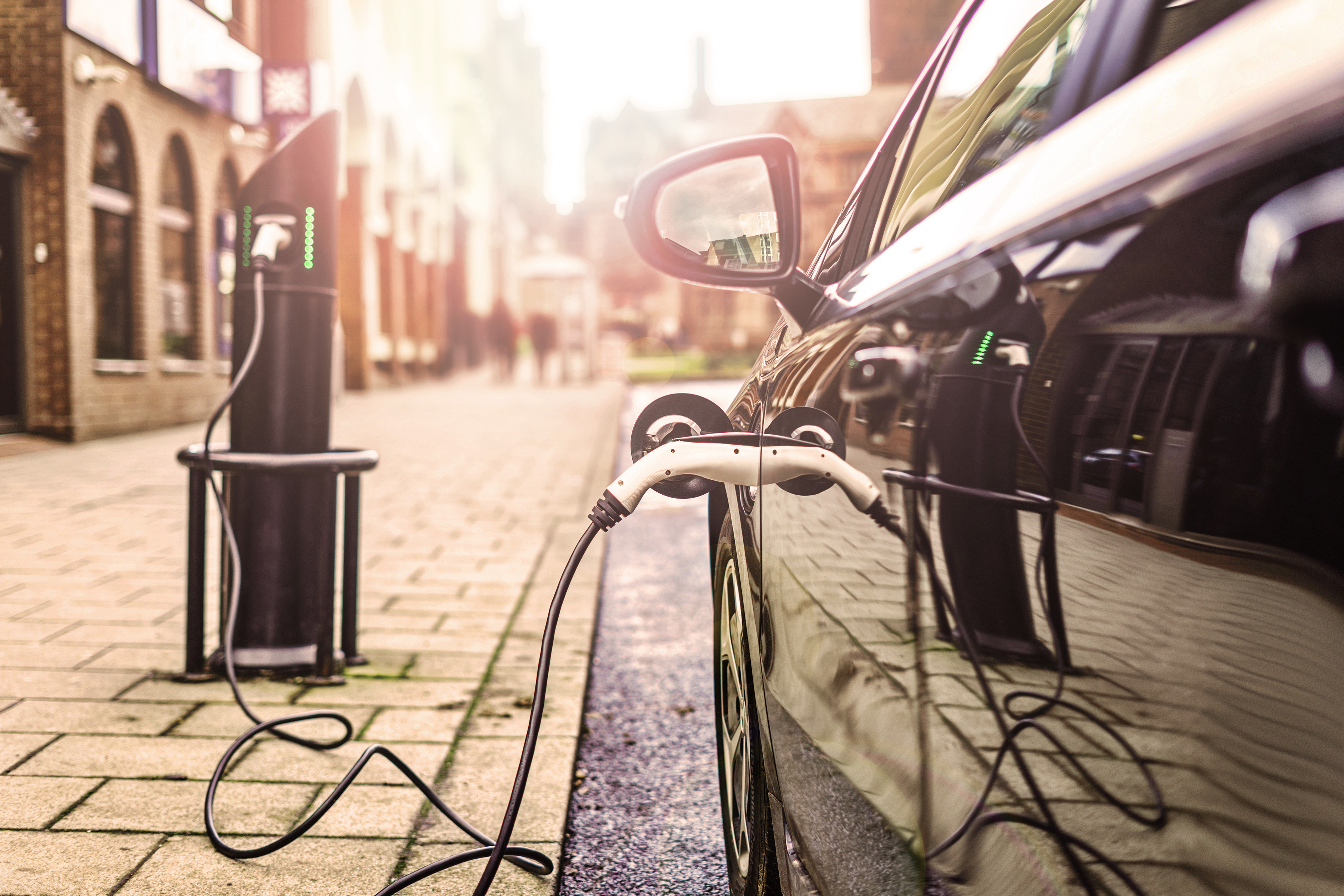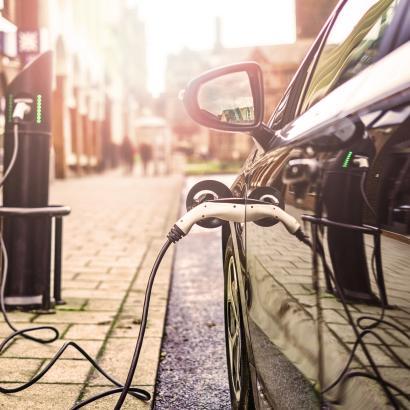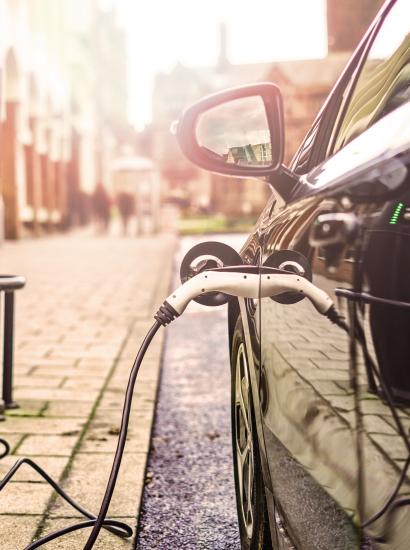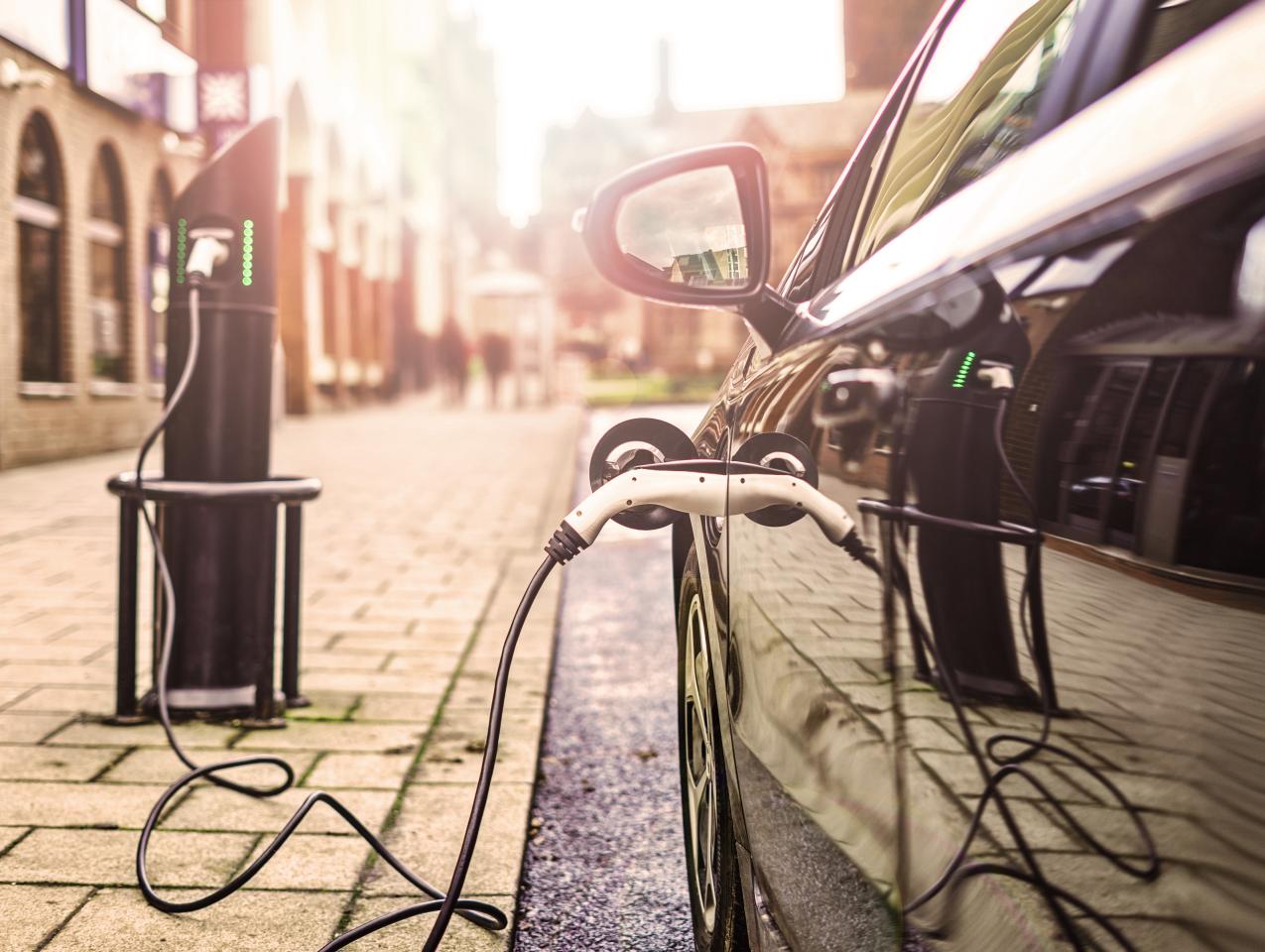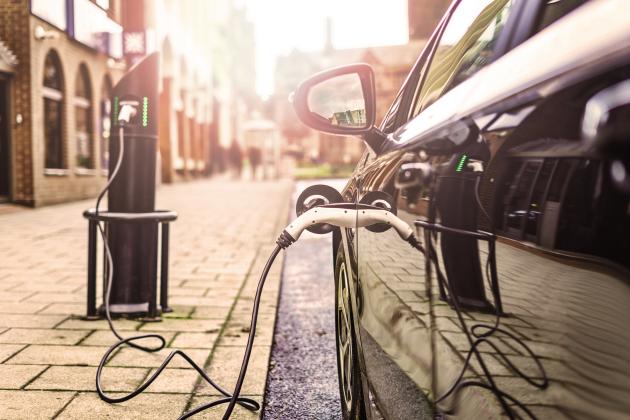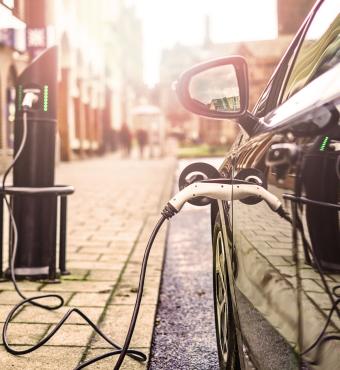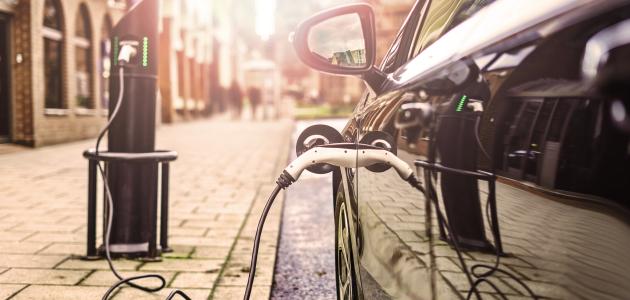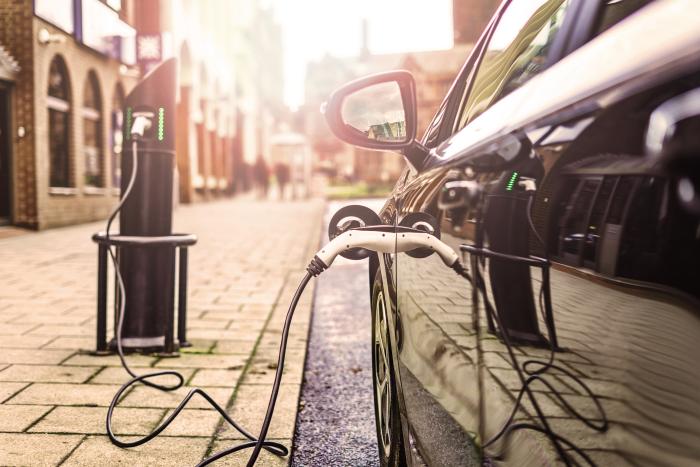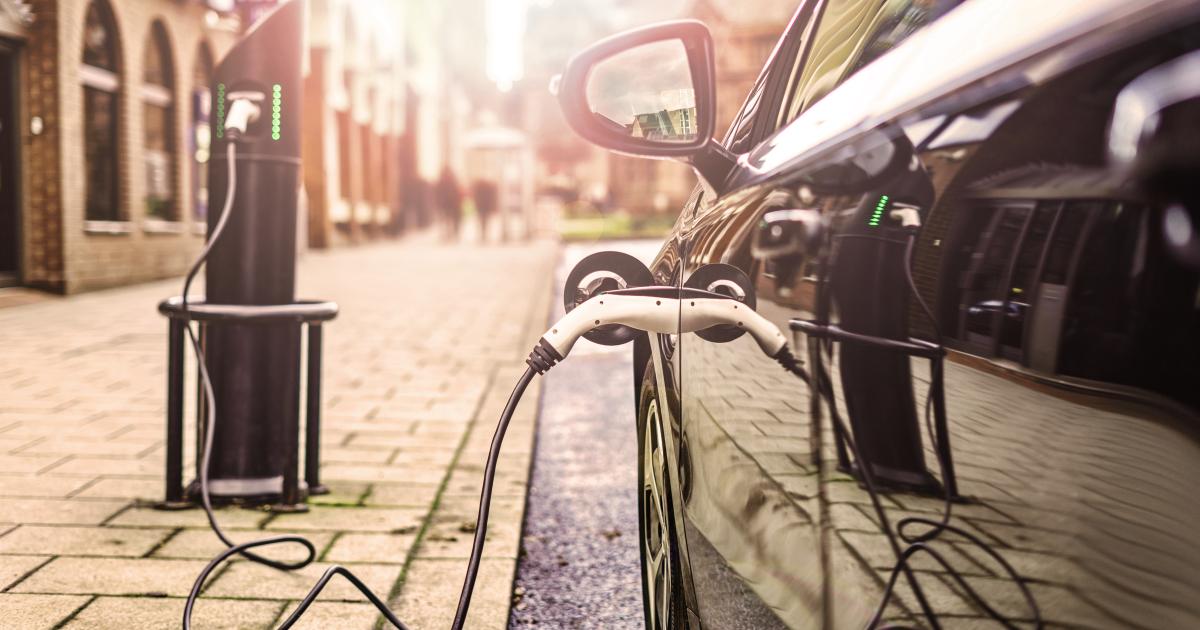- Energy & Environment
- California
- Empowering State and Local Governance
Last week, the US Senate voted 51–44 to block Gavin Newsom’s executive order requiring all new vehicles sold in California by 2035 to be zero-emission vehicles (ZEV). The key issue with California’s aggressive fight against climate change, including the 2035 ZEV mandate, is that it hasn’t adequately recognized the trade-offs involved with its policy choices. Specifically, any policy choice involves potential costs as well as potential benefits, and we obviously need to prioritize those policies for which the expected benefits far outweigh expected costs. But that hasn’t always happened with California’s climate policies.
California state and local governments have made many expensive climate-related investments, including $28 billion from its cap-and-trade program and over $14 billion in climate-related bond funds passed by voters. However, the State’s expensive investments in addressing climate change haven’t paid off well enough. One reason is because carbon emissions are a global issue, and California accounts for less than 1 percent of global emissions. This means that even if California were able to reduce its carbon emissions by 50 percent, global carbon emissions would fall by less than .5 percent.
Another issue is that California’s push into renewables is very expensive. In 2022, California employed nearly 624,000 workers for clean-energy jobs. In contrast, fewer than 50,000 California workers were employed in the gas and oil industries that year. Despite so many working in the clean-energy sector, about 46 percent of California’s electrical generation in 2022 still came from fossil fuels and related sources, with just 28 percent coming from solar and wind power, which are the power sources most heavily emphasized by California policymakers in recent decades.
California consumers have directly paid a high price for some of the state’s climate policies. California’s gasoline, electricity, and natural gas prices are all much higher than the national average. California’s average gasoline price, which in turn reflects our very high state gasoline taxes, is $5.06 per gallon, which is over 50 percent more expensive than the US average. California has the fifth highest natural gas prices in the country, which are about 60 percent higher than national average. And our average electricity prices are fourth highest in the country, nearly double the national average. These high costs disproportionately affect lower-income households, particularly those who live in areas of California that experience more extreme temperatures.
An important challenge when attempting to pick successful technologies outside of the free-market process is that we do not have a very good track record in doing so. We see this in the Ivanpah power plant in the Mojave desert, which cost about $2.2 billion to build, and which was projected to have a 30- to 45-year lifespan. However, the plant is now winding down after just 11 years of operation, due to the emergence of better, less expensive, and less environmentally damaging electrical generation technologies.
Newsom’s executive order limiting new car sales to ZEVs by 2035 faces significant risks. Charging this many electric vehicles (EVs) and plug-in hybrids will require substantial investments in California’s electrical grid capacity—particularly its distribution networks—and its energy storage and grid management. An important challenge is being able to provide the electricity needed to charge vehicles when consumers return home at the end of the workday, which is the time of day when solar energy diminishes sharply. This could require an expected 80 percent increase in generation capacity from those who distribute electricity throughout the state. Will California be able to produce the capacity, distribution network, charging stations, and energy storage needed for such a remarkable change? Will we reform a permitting process that could stand in the way of the timely investments needed for this change to succeed? These are important questions for a state that has found it difficult to create large public investments on budget and on time.
Another challenge is that consumers are showing very little interest in purchasing nearly as many ZEVs as expected. ZEV sales are supposed to increase smoothly over time until they represent all new sales by 2035, but according to Toyota’s North American chief operating officer, “the demand is not there.” This is perhaps not surprising, as EVs have been predominantly purchased by higher-income households, and nearly 90 percent of those buying an EV also have one or more conventionally powered vehicles. EVs are not so desirable among lower-income households or those who are able to afford or house only one vehicle.
Increasing ZEV sales is also difficult for automakers, as presently Tesla is the only domestic automaker consistently profitable in producing EVs, and Tesla’s gross profit margin of 7.2 percent is well below the average US gross margin of about 36 percent.
While ZEVs do not produce CO2 emissions, they may present a potentially important pollution tradeoff as their heavier weight could produce more particulate pollution than do gasoline and diesel-powered vehicles. The World Health Organization estimates that 6.7 million deaths per year are due to particulates.
Governor Newsom responded to the Senate vote blocking his ZEV executive order by saying that his mandate was about innovation, like the development of the iPhone. However, a major difference between the ZEV mandate and the iPhone is that the latter was developed within the process of free markets, in which Apple pursued the iPhone based on consumer demand against the cost of innovation, development, and production.
Alternative energy sources, particularly solar and wind power, have been the chosen technological winners by governments for the last 50 years, following enormous gasoline price increases during the mid-1970s OPEC oil embargo. Between just 2010 and 2023, approximately $141 billion in subsidies has been provided to companies generating solar and wind power. And despite 50 years of research and development and enormous subsides, only 15 percent of primary global energy consumption was generated from renewable sources in 2023.
What might have happened had governments not focused their subsidies and research efforts so much on solar and wind power over the last 50 years and allowed a broader set of innovative, market-based forces to operate? In 1894, the world faced a severe energy challenge. In New York City, about 100,000 working horses produced roughly 2.5 million pounds of manure a day, exposing its residents to a host of biohazards, including anthrax. Thousands of New Yorkers were dying every year from manure-borne diseases, to say nothing of suffering the stench.
Because of the great need for an alternative energy source, the free market provided the internal combustion engine. Breakthrough technical innovations in the fledgling world of gasoline-powered engines led to the nearly complete replacement of horses by autos and trucks in major cities by 1920.
But in 1894, the dominant non-horse energy source was the steam engine, which had been around since the 1760s. Steam power worked well in factories but not so well in cars, which could require a 30-minute warm-up to provide enough steam to get the car moving—a roughly constant level of steam pressure, with boil-over risks, and many moving parts that required frequent maintenance.
Imagine what could have happened if governments had stepped in and anointed the steam engine as the transportation savior in 1894. And imagine what might have been had we created a more level playing field for developing alternative energy sources 50 years ago, rather than putting all of our eggs into the solar- and wind-power baskets.







